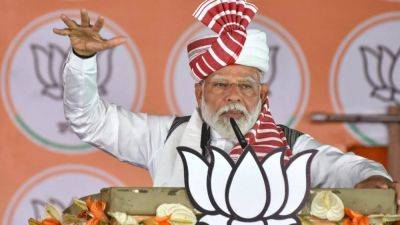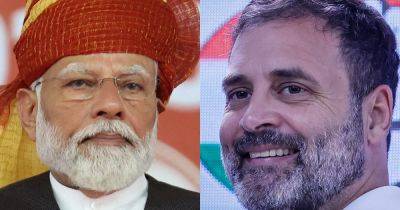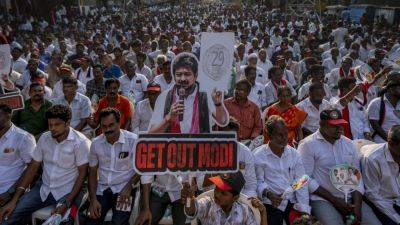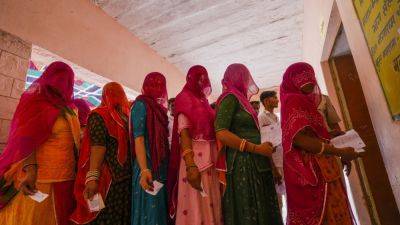‘A thousand Modis’: the secret of BJP’s enduring success
Since 2014, Indian Prime Minister Narendra Modi’s popularity has grown exponentially – and so has the formidable organizational machine of his Bharatiya Janata Party (BJP). These two factors will be key to delivering the BJP a likely third consecutive victory in the Indian general election, starting today.
While much ink has been spilled on Modi’s populist leadership and personality cult, the same does not hold for the party organization that he and his close ally, Amit Shah, have developed over the past decade. Yet, this has been crucial to the party’s electoral success. How?
As part of my research on members of right-wing populist parties, I’ve conducted interviews with dozens of BJP party members and officials. (They spoke to me on condition of anonymity, so are only represented by their first initial here).
What I’ve found is the BJP’s grassroots organisation fuels its dominance at the ballot box in four key ways: 1) campaigning; 2) diffusion of Hindu nationalist ideology; 3) implementation of welfare programs; and 4) party survival.
A well-oiled campaign machine
Maintaining a large membership-based organization provides the BJP with a campaign machine that has no equal in India.
Since 2014, Shah, the former president of the party and current home affairs minister, has conducted regular mass recruitment campaigns to help the party become what is believed to be the largest in the world. It claims to have some 180 million members.
The focus of this organization is on the polling booth. During election campaigns, BJP grassroots members are assigned a booth where they collect as much information as possible on voters and then try to persuade them to vote for the BJP.
S., a Marathi soap business owner active in the BJP’s







